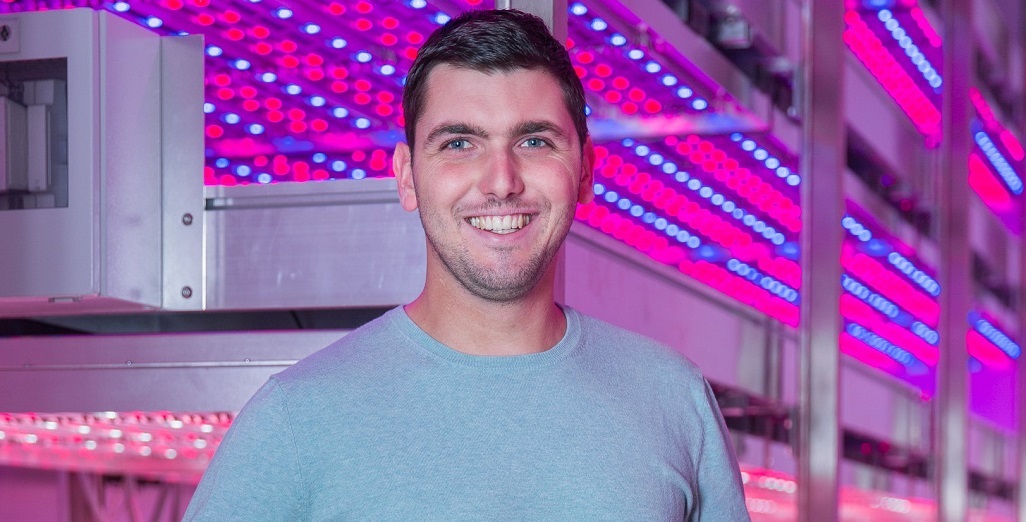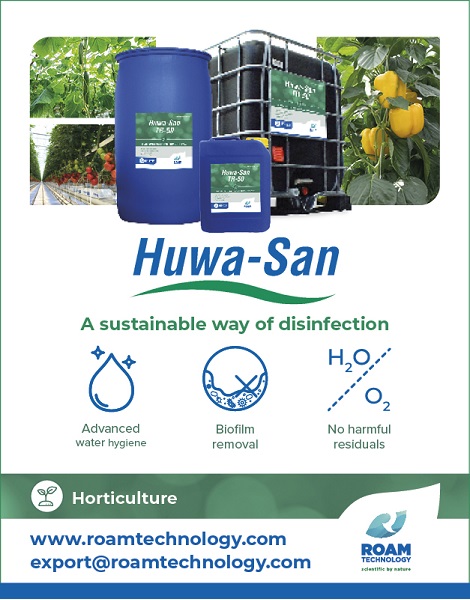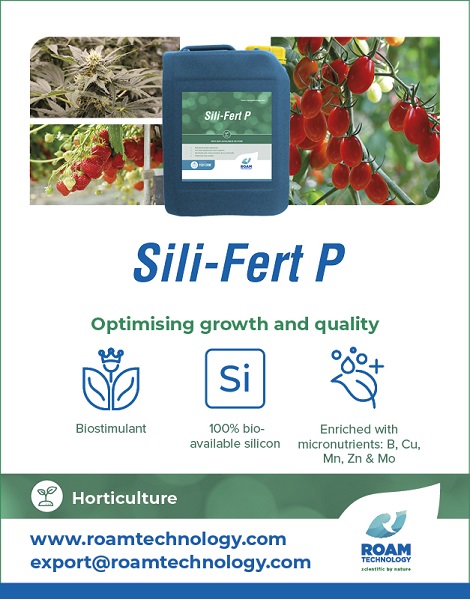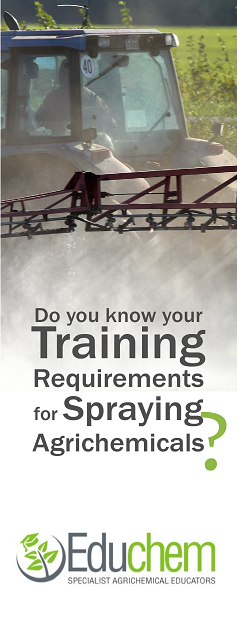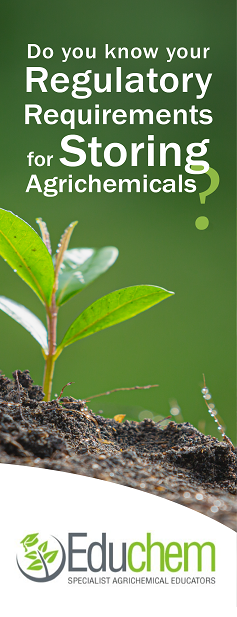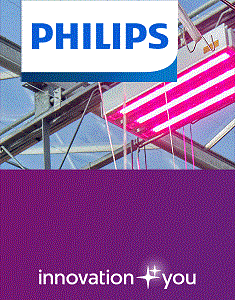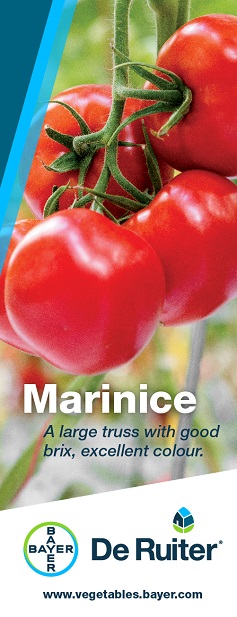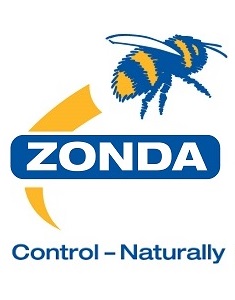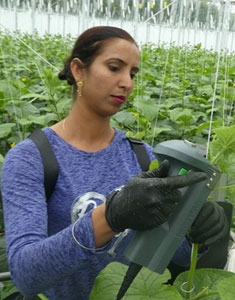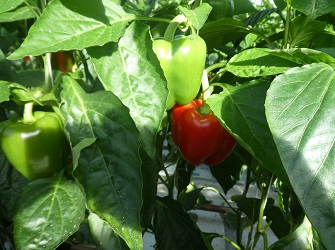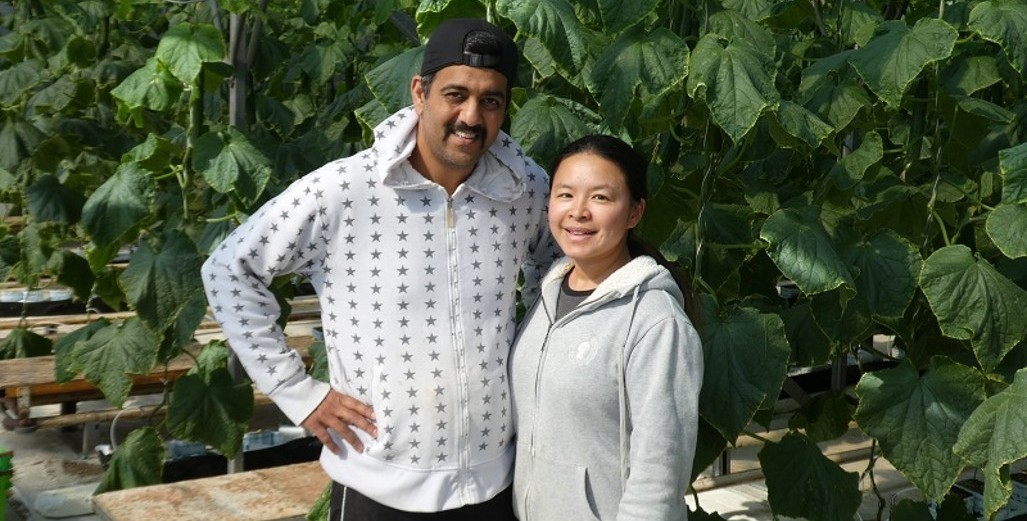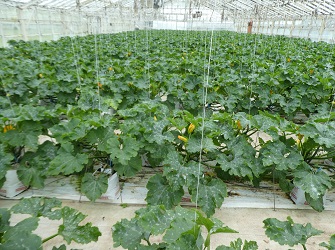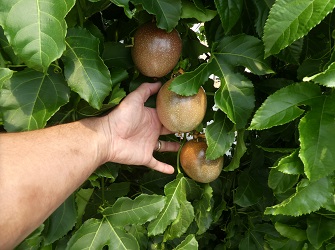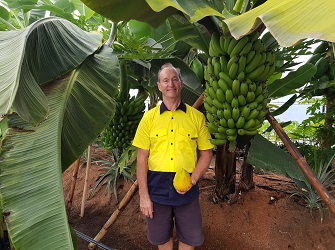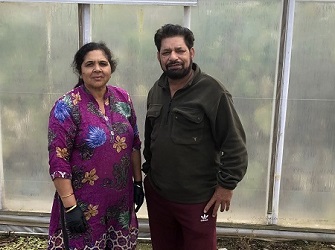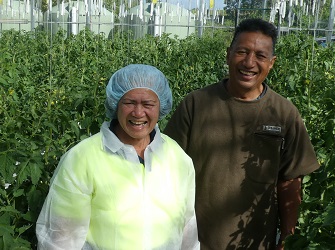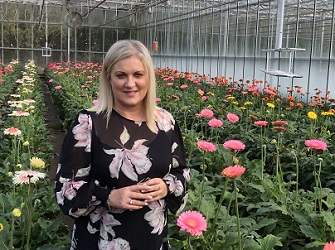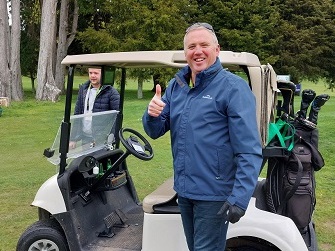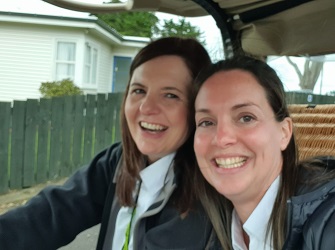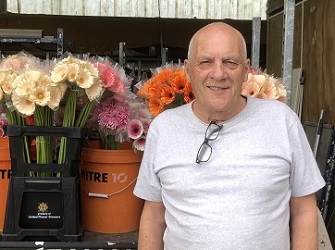Sign up here to subscribe to the Grower2grower Ezine. Every two weeks you will receive new articles, specific to the protected cropping industry, informing you of industry news and events straight to your inbox.
Aug 2023
LetsGrow.com makes data streams from multiple sources transparent

EveryD Flowers is one of many companies where the (hybrid) lighting system has been turned off for the time being.
“The SON-Ts are permanently off and the LED lights are on only when the power prices are attractive, like now,” entrepreneur Hen Groenewegen tells Greenhouse Information Specialist Nicole Willems of LetsGrow.com. “I also don’t want to play with it too much, because with highly variable growing conditions it’s more difficult to steer and autumn is always challenging.”
Botrytis is lurking
The grower mainly refers to moisture control, especially now that he uses a slightly lower heating line. Gerbera is susceptible to the Botrytis fungus, which easily infects the flowers under humid conditions. Condensation of moisture from the greenhouse air on the crop must be prevented. Groenewegen: “The trick is to remove the moisture as energy efficiently as possible. You have to realize that the microclimate between the crop is leading and that this can deviate from the greenhouse climate that you register via the measuring boxes. And that microclimate responds differently to LED lights than to SON-Ts, because the crop of SON-Ts also receives some radiation heat from above.
Zooming in on microclimate
In recent years, many companies adjusted their cultivation strategy with the introduction of LED lamps and/or rising energy prices. That affected the microclimate and caused more problems with Botrytis, the grower acknowledges. “Somewhere our cultivation control fell short, but opinions differed on how and what,” he explains.
At the request of Groenewegen and a number of colleagues, climate consultant Peter van Weel, one of the founders of Plant Empowerment, mapped through on-farm measurements how the crop (leaf temperature, evaporation, wetting) and microclimate (AV, RH, moisture deficit) responded to steering actions with varying light and heat sources. Especially the early morning, when lights are turned on, greenhouse temperature is raised and evaporation is initiated, is crucial in this regard.
Expansion of measurement network
For the gerbera growers and the cultivation consultants involved, that journey yielded important learning points and some new tools to improve their grip on the microclimate. One of the first measures was expansion of the measuring instruments with additional measuring boxes, Sigrow meters and cameras to monitor leaf temperature, evaporation activity and moisture parameters in the crop. “That was more quickly pronounced than realized,” continues the gerbera grower.
“Monitoring more parameters also means you want to be able to make more connections. That in turn requires new calculations.” Added to that was the fact that EveryD Flowers includes three locations, where two different brands of climate computers are in use. Groenewegen: “We have been working with LetsGrow.com for a long time, but over the years, with the purchase of new tools and models, we started using multiple dashboards side by side. With even more tools on the horizon, we thought it was time to upgrade to a comprehensive platform. LetsGrow.com was the most logical choice for this. Since this spring, we have been using the complete package. It works much easier and provides better information.”
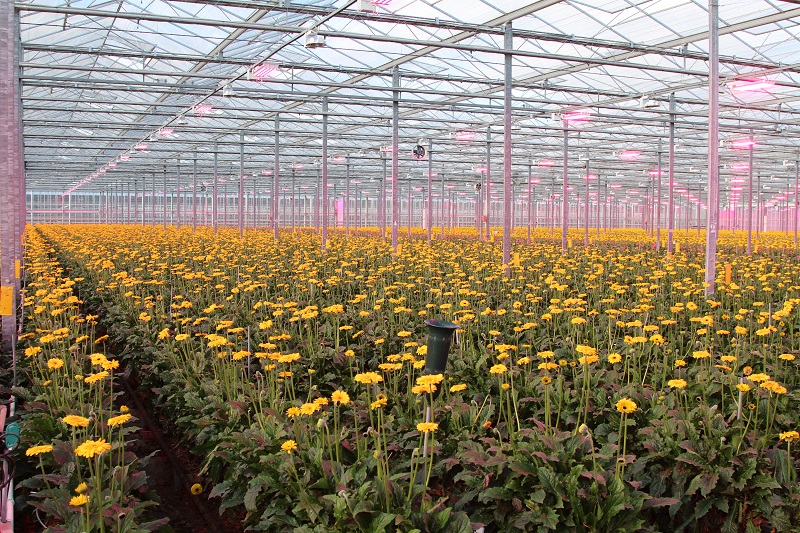
Setting up measurement network and platform
“Hen rightly notes that such an optimization process is more quickly named than realized,” says information specialist Willems. “It starts with detailed user knowledge about the interaction between crop and climate parameters. That has improved considerably thanks to the courses on Plant Empowerment as well as the practical research and guidance of Peter van Weel. Then you need to know exactly which parameters to monitor and how to measure them reliably. The rollout of a representative monitoring network can take a long time.”
Learning on the job
Step by step, Groenewegen’s wishes were mapped out and – in parallel with the upgrade of the measuring instruments – translated into a clear platform. The final steps in that process have not yet been taken. “It is ‘work in progress,'” Willems summarizes. “For example, we have developed new calculation models and visualizations that improve insight into paramaters, and a Decision Support Watering module has been added.” “We really like the expanded platform,” Groenewegen confirms. “In addition to an extensive measurement network and the new platform, we are investing in a third screen system. A transparent energy screen, a blackout screen and a sunshade will soon be hanging in all departments.”
Quieter heating, smaller gaps
When asked what concrete changes he has made so far in climate control, the Lieren native replied: “We do things differently especially in the morning. Before, we gave a lot of heat from below and pulled a big crack in the screen to remove moisture. With that, a lot of heat was also lost. The crop temperature needs time to rise along with the ambient temperature and increasing evaporation, which you certainly shouldn’t stimulate extra. We therefore heat up more quietly and use smaller screen gaps and larger window openings to remove moisture without cold fall.
When the lights are off, the humid nights do last longer during this period. We are not yet completely rid of climate problems, but Botrytis pressure has been greatly reduced. Thanks to LetsGrow.com’s new platform, I can better monitor what is happening and it is easier to stay within the margins. That’s exactly what we wanted to achieve.”
Source: Bloemisterij, December 2022
For more information contact:
Evripidis Papadopoulos
Senior Researcher
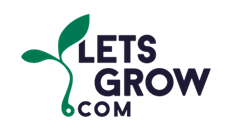
T: 010 460 8108
E: evr@letsgrow.com
A: Westlandseweg 190 3131 HX Vlaardingen
W: www.letsgrow.com
CLASSIFIED
Photo
Gallery
Subscribe to our E-Zine
More
From This Category
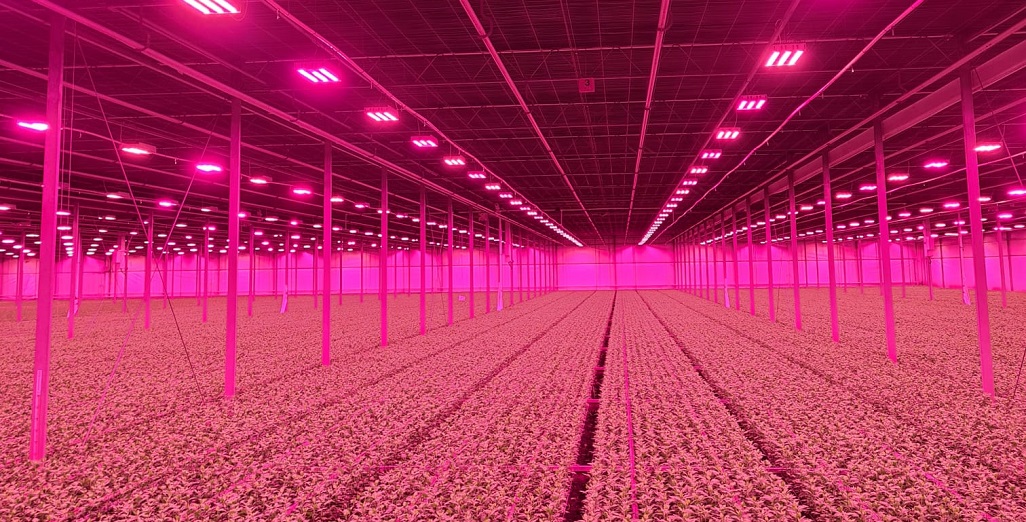
Integration of Philips GrowWise control system with climate computer allows Huisman Chrysanten to light more effectively and efficiently
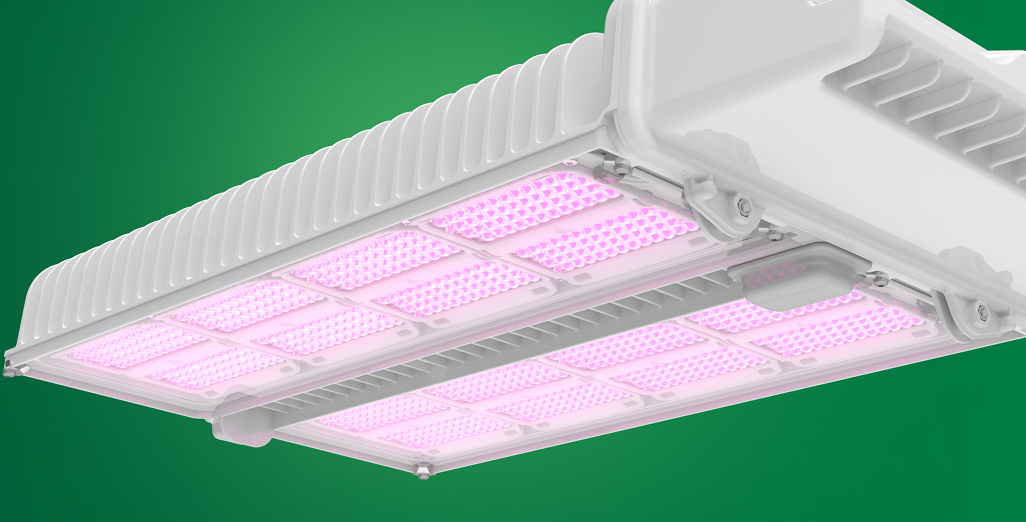
New Philips GreenPower LED toplighting force 2.0
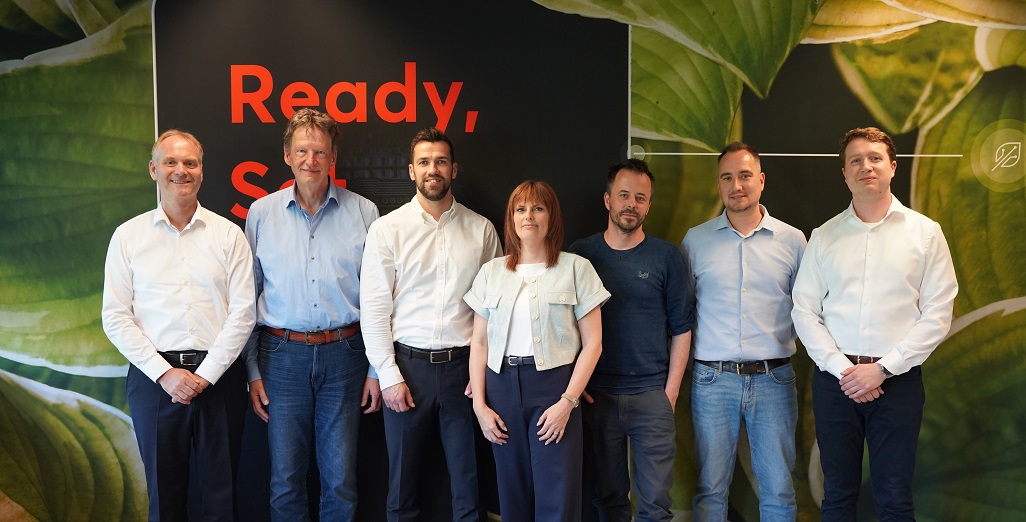
Philips GrowWise Research Center to test and showcase intelligent lighting
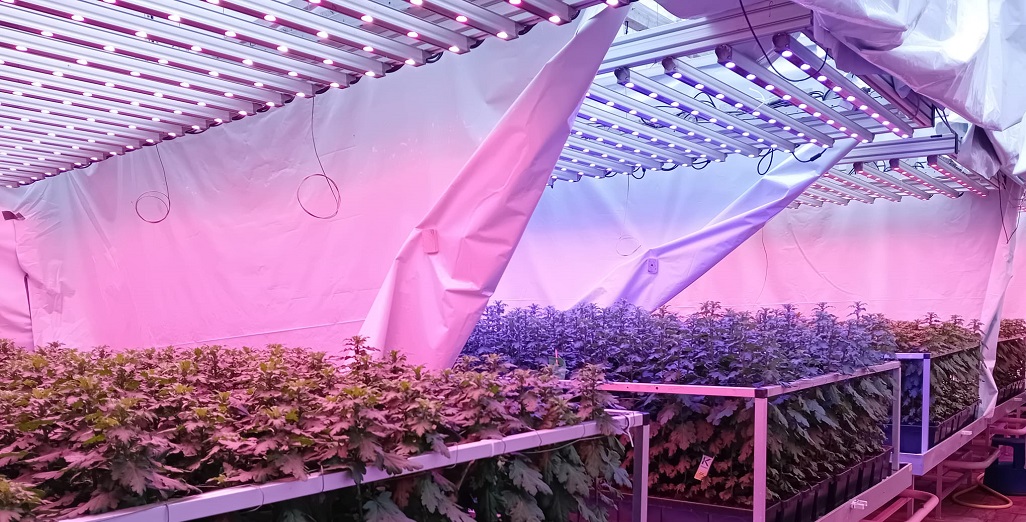
Can you grow cut chrysanthemums using only red light?
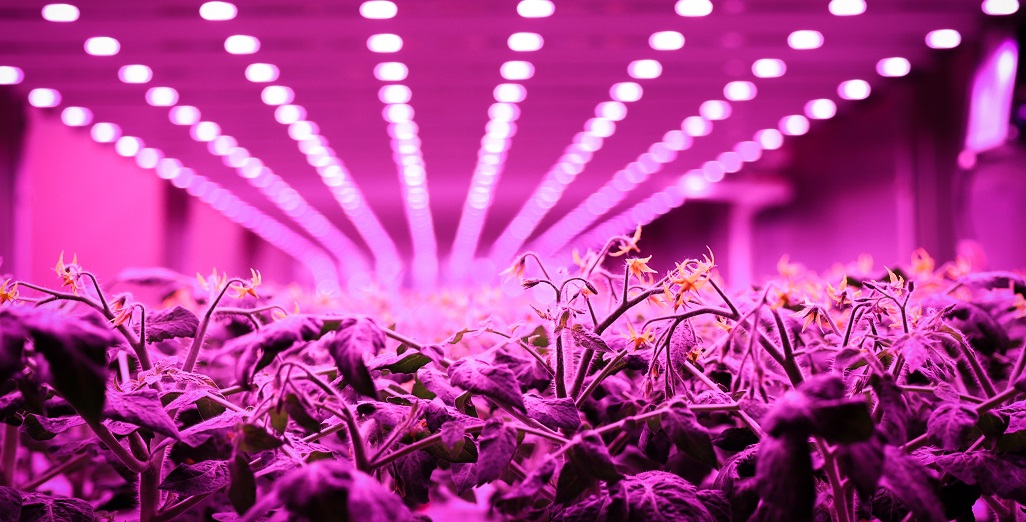
Signify foresees a bright future for vertical farming, driven by automation and diversification.
